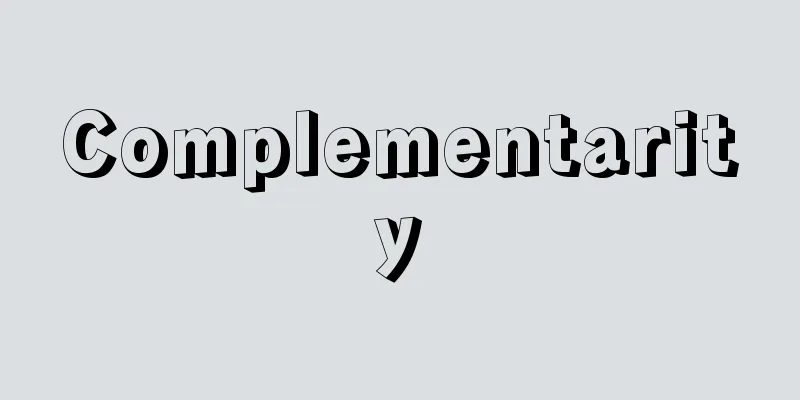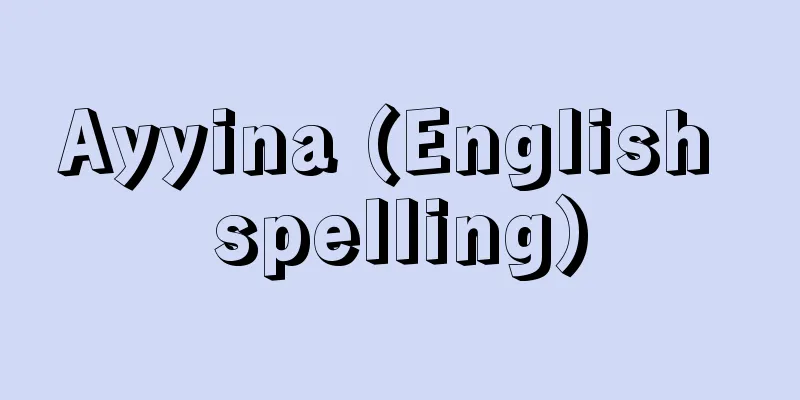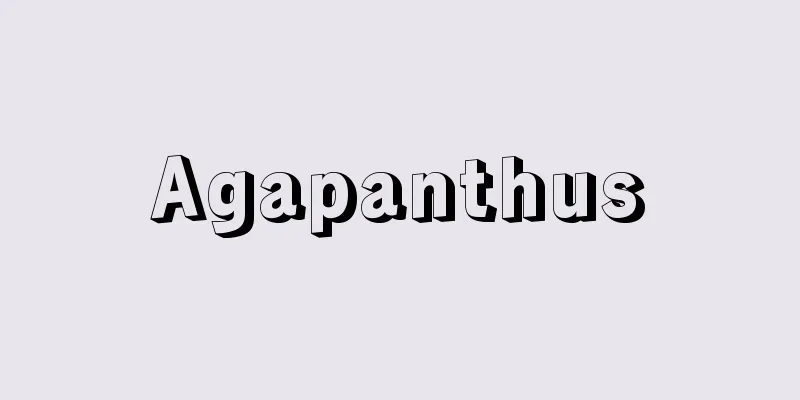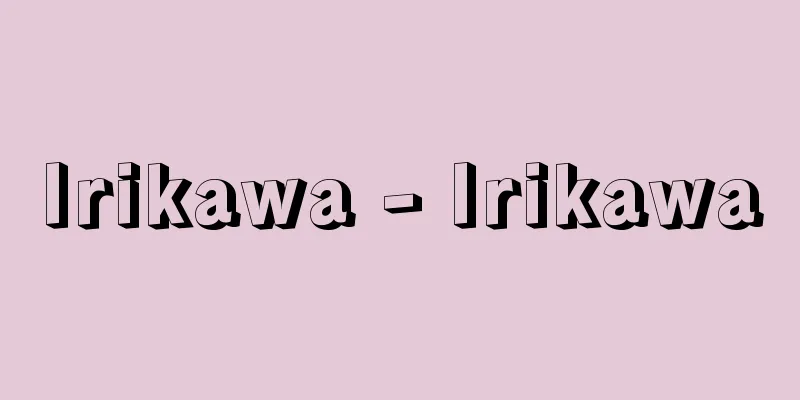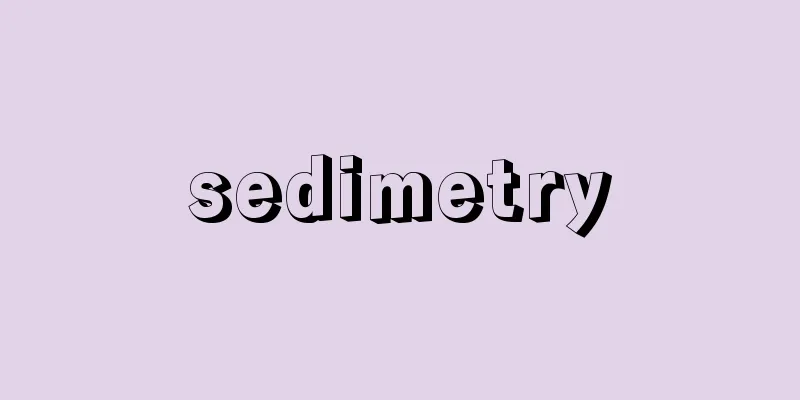arms exports
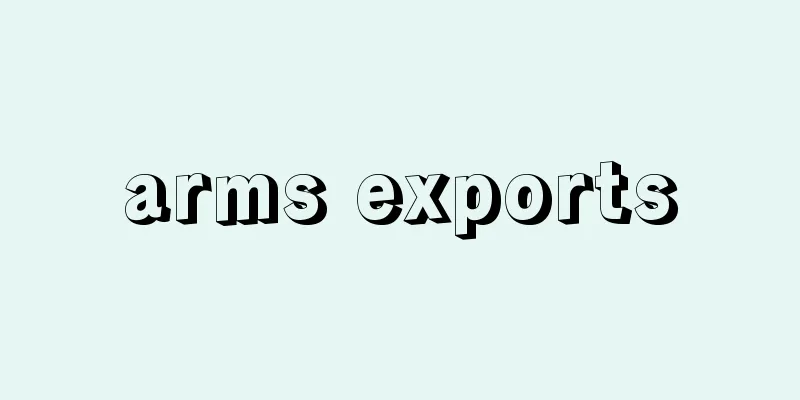
|
It refers to the sale of weapons to foreign countries, but often refers to arms transfer in general, including arms aid free of charge. Merchants of death, who make profits from the manufacture and sale of weapons and other military supplies, have been active since before World War II, but after the war, arms aid and exports under the control of the governments of major powers became widespread during the Cold War. In particular, from the 1960s to the 1970s, much of the arms transfer, mainly between the United States and the Soviet Union, was directed to the Third World, and the two camps competed for spheres of influence, but this also gradually became a paid transaction, and a huge market was formed with the generalization of expensive new weapons since the 1970s. In addition, the United States has often adopted the licensed production and export method for developed countries since the 1950s. Attempts to increase the transparency of arms transfers from the perspective of disarmament and security were also made under the League of Nations (Article 23, Clause D) from 1925 to 1937, but in the United Nations, a resolution was adopted in the General Assembly in 1988 to conduct research to increase the transparency of conventional arms exports, and in 1991 after the Gulf War, the creation of the United Nations Register of Conventional Arms was decided, and it was launched the following year. In addition, the Stockholm International Peace Research Institute's SIPRI Yearbook analyzes arms export data every year. The total amount of arms exports in 1997 was approximately 25,156 million dollars. In addition, in 1967, the Japanese Cabinet decided on the Three Principles on Arms Exports, declaring that Japan would not export to parties to conflicts or countries prohibited by UN resolutions, but in 1983, it was decided to make the transfer of arms technology to the United States an exception. Furthermore, the Democratic Party administration in 2011 also relaxed the three principles, allowing joint development with countries other than the United States. In March 2013, the second Abe administration announced a policy to allow the manufacture and export of engine and radar parts for the F35 stealth fighter, the next-generation main fighter of the Self-Defense Forces, which is being jointly developed by nine countries including the United States, and made this an exception to the Three Principles on Arms Exports. The Abe administration stated that the standard for arms exports would be compliance with the UN Charter, that is, as a peaceful nation that abides by the Charter, but this was criticized as leading to a complete weakening of the Three Principles. However, in April 2014, the Abe administration formally decided on the Three Principles on Transfer of Defense Equipment and Technology to replace the Three Principles on Arms Exports. It clarified its policy of abolishing the ban on exports in principle under the old Three Principles and allowing exports under certain conditions. The old Three Principles were established in 1967, and in 1976, the Miki administration made arms exports a general rule. After that, in cases of export, the Chief Cabinet Secretary issued a statement on an individual basis, allowing exceptions and making them public, but the new principles stipulate three new conditions, and if these conditions are met, arms exports will be allowed and public announcements will be limited to important cases. The new principles set the following conditions for export: (1) exports will not be made to countries that violate treaties or UN Security Council resolutions; (2) exports will be limited to cases that contribute to peace or contribute to Japan's security, and will be subject to strict screening; (3) in principle, exports will be controlled to prevent unauthorized use or transfer to third countries without Japan's consent. The preamble to the new principles also states that "Japan cannot ensure its peace and security by itself, and the international community expects Japan to play an active role." This is a concrete embodiment of Prime Minister Abe's "proactive pacifism," and is in the same context as the Prime Minister's goal of allowing the exercise of the right of collective self-defense. The government's main target in the new principles is participation in the international joint development of cutting-edge weapons, which are becoming increasingly high-tech and expensive. Specific examples of export bans include countries that violate the Treaty on the Prohibition of Anti-Personnel Mines and the Convention on Cluster Munitions, and countries where exports are banned by UN resolutions, such as North Korea and Iran, as well as parties to conflicts. The assumed export destinations are friendly countries such as the United States, an ally of Japan, and NATO member countries, and the main aim is to make it easier to participate in the joint development and production of weapons with these countries. It will also be possible to provide heavy equipment used by the Self-Defense Forces in UN peacekeeping operations (PKO). In addition, the National Security Council (NSC) will be involved in the review of arms exports, and for important cases, the final decision will be made at a cabinet meeting consisting of the four NSC members, the Prime Minister, the Chief Cabinet Secretary, the Foreign Affairs Minister, and the Defense Minister, as well as the Minister of Economy, Trade and Industry. This is a 180-degree change in policy from the general prohibition of arms exports based on the Peace Constitution to allowing them if certain conditions are met. Under the new principle, unless the UN Security Council recognizes a country as a party to a conflict, it will not be subject to the embargo. Source : Heibonsha Encyclopedia About MyPedia Information |
|
外国に武器を売却することであるが,無償の武器援助を含めた武器移転全般をさすことも多い。武器その他の軍需品の製造・販売で利益を得る〈死の商人〉は第2次大戦以前から暗躍したが,戦後は大国の政府による管理下での武器援助・輸出が冷戦下で広く行われた。とくに1960年代から1970年代以降は米ソを中心とする武器移転の多くが第三世界向けとなり,両陣営は勢力圏を競ったが,これも次第に有償化されたため,1970年代以降の高価な新兵器の一般化に伴って巨大な市場が形成されている。また米国は先進国向けの場合,1950年代以降はライセンス生産輸出方式を多く採用している。軍縮・安全保障の見地から武器移転の透明度を高める試みは,国際連盟(同規約23条D項)の下でも1925年-1937年に実施されたが,国際連合においては通常兵器輸出の透明度を高める研究の実施が1988年総会決議で採択され,湾岸戦争後の1991年に国連軍備登録制度の創設が決まり,翌年発足した。またストックホルム国際平和研究所の《SIPRI年鑑》は武器輸出のデータを毎年分析している。1997年の武器輸出総額は約251億5600万ドルである。なお,日本では1967年〈武器輸出三原則〉を閣議決定し,紛争当事国や国連決議により禁じられている国などには輸出せずと表明したが,1983年に対米武器技術供与はその例外とすることを決めた。さらに2011年の民主党政権も三原則を緩和し,米国以外の国とも共同開発可能とした。2013年3月第二次安倍内閣は,米国をはじめ9ヵ国で共同開発中の,自衛隊の次期主力戦闘機F35ステルス戦闘機のエンジンやレーダーの部品製造・輸出を認める方針を発表,これを武器輸出三原則の例外とするとした。安倍内閣は,国連憲章を遵守する平和国家として,という憲章遵守を武器輸出の可否の基準とするとしたが,これに対して三原則の完全な骨抜きにつながるという批判が出された。しかし,安倍内閣は14年4月武器輸出三原則に代わる〈防衛装備移転三原則.〉を正式に閣議決定。旧三原則での原則輸出禁止を撤廃し一定条件に沿う輸出を認める方針を明確にした。旧三原則は1967年に策定され,三木内閣が76年,武器輸出を原則禁止とした。その後,輸出する場合は個別に官房長官談話を出して例外を認めて公表しきたが新原則では新たに三つの条件を定め,それに沿えば,武器の輸出を認め公表も重要案件に限られる。新原則は輸出の条件として,(1)条約や国連安保理決議に違反する国には輸出しない。(2)輸出は,平和貢献や日本の安全保障に資する場合などに限定し,厳格に審査する。(3)原則として,日本の同意なしの目的外使用や第三国移転がないよう管理するとしている。また新原則は前文で〈我が国の平和と安全は我が国一国では確保できず,国際社会も我が国が積極的な役割を果たすことを期待している.〉としている。安倍首相が唱える〈積極的平和主義.〉の具体化であり,首相がめざす集団的自衛権の行使容認と同じ文脈にある。政府が新原則で主に想定しているのは,ハイテク化と高額化が進む最新鋭兵器の国際的な共同開発への参加といえる。輸出禁止の具体例には,対人地雷禁止条約やクラスター爆弾禁止条約などの違反国,北朝鮮やイランなど国連決議で輸出が禁止された国と紛争当事国がある。輸出先として想定するのは,同盟国の米国やNATO加盟国など友好国で,こうした国々との武器の共同開発や生産に参加しやすくするのが主な狙いである。自衛隊が国連平和維持活動(PKO)で使用した重機の提供なども可能になる。また武器輸出を審査する仕組みとして,国家安全保障会議(NSC)が審査に加わり,重要な案件ではNSC構成メンバーの総理大臣,官房長官,外務,防衛の4大臣と経産相らの閣僚会議で最終的に判断されることになる。これは平和憲法を基礎とする武器輸出の原則禁止から,条件を満たせば認めるという百八十度の方針転換といえよう。新原則では,国連安保理が紛争当事国と認めない限り,禁輸の対象にはならない。
出典 株式会社平凡社百科事典マイペディアについて 情報 |
Recommend
Zootechnical science
It is one of the applied sciences that was system...
Keflavík (English spelling)
…It is the center of politics, economy, culture, ...
London Correspondence Society - London Correspondence Society
A radical reform group that emerged in England at ...
Wage in kind
Also called a truck system. Wages paid in goods ot...
Gilt bronze Buddha - Kondobutsu
These are copper-cast Buddha statues plated with ...
"Countryside youth" - Inakasei-nen
...From the 1870s to the 1980s, youth association...
Kosztolányi D. (English notation) KosztolanyiD
…This strengthened the ties with Ady, who lived i...
First order triangle complement
…Baselines were established at 14 locations throu...
Gardel, P. (English spelling) GardelP
…Later, Louis Pécourt (1653-1729) and Louis Dupré...
British Overseas Airways - British Overseas Airways
…It has been flying to Japan since 1948, followin...
Kanai [town] - Kanai
An old town in the center of Sado Island, Sado Cou...
Alfred Sisley
A painter. Although of British nationality, he sp...
Trachoma
What kind of infection is it? It is conjunctiviti...
Colophon
...However, this law was abolished in 1949, and a...
stable fly
...A general term for insects belonging to the St...
